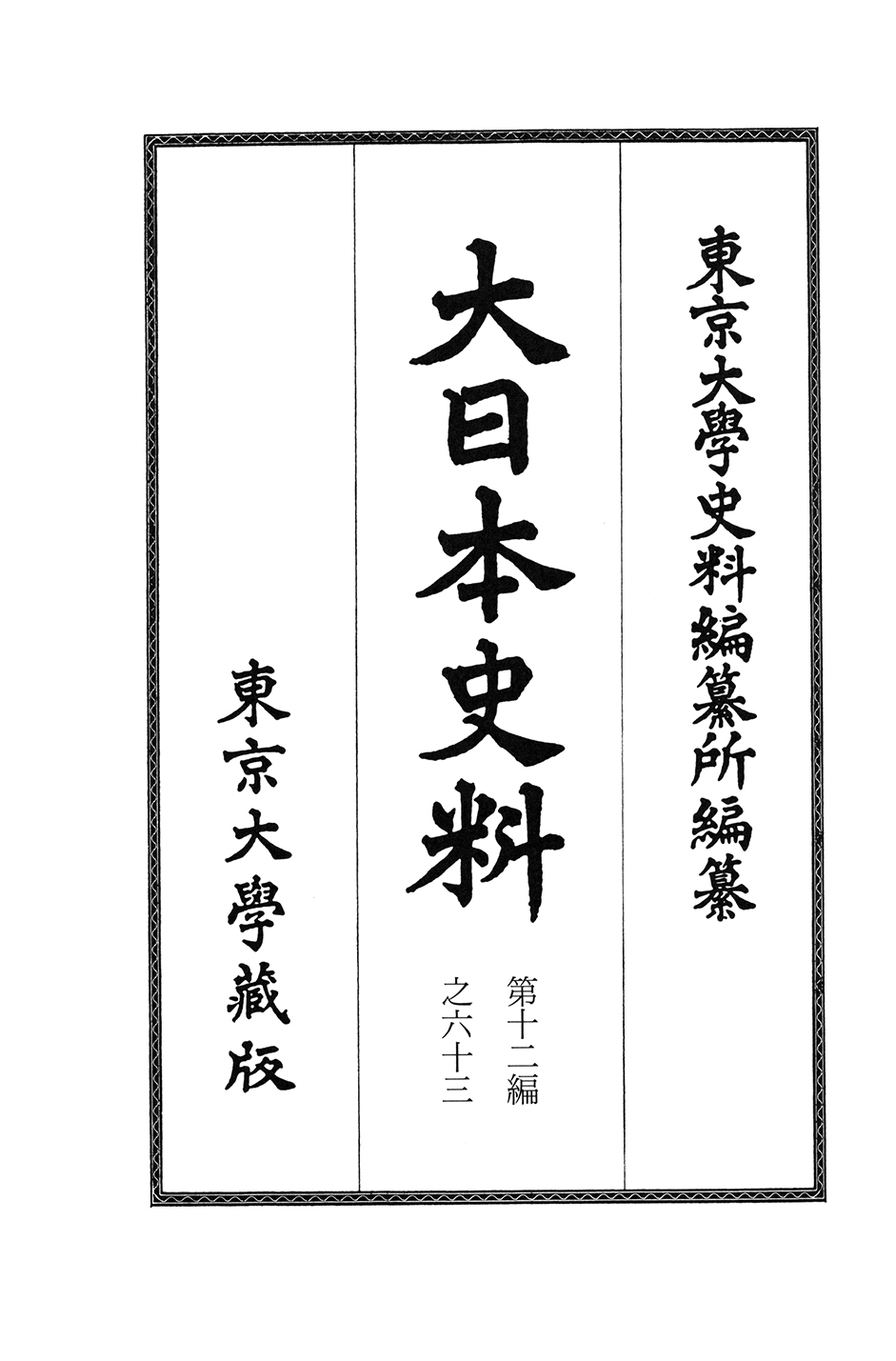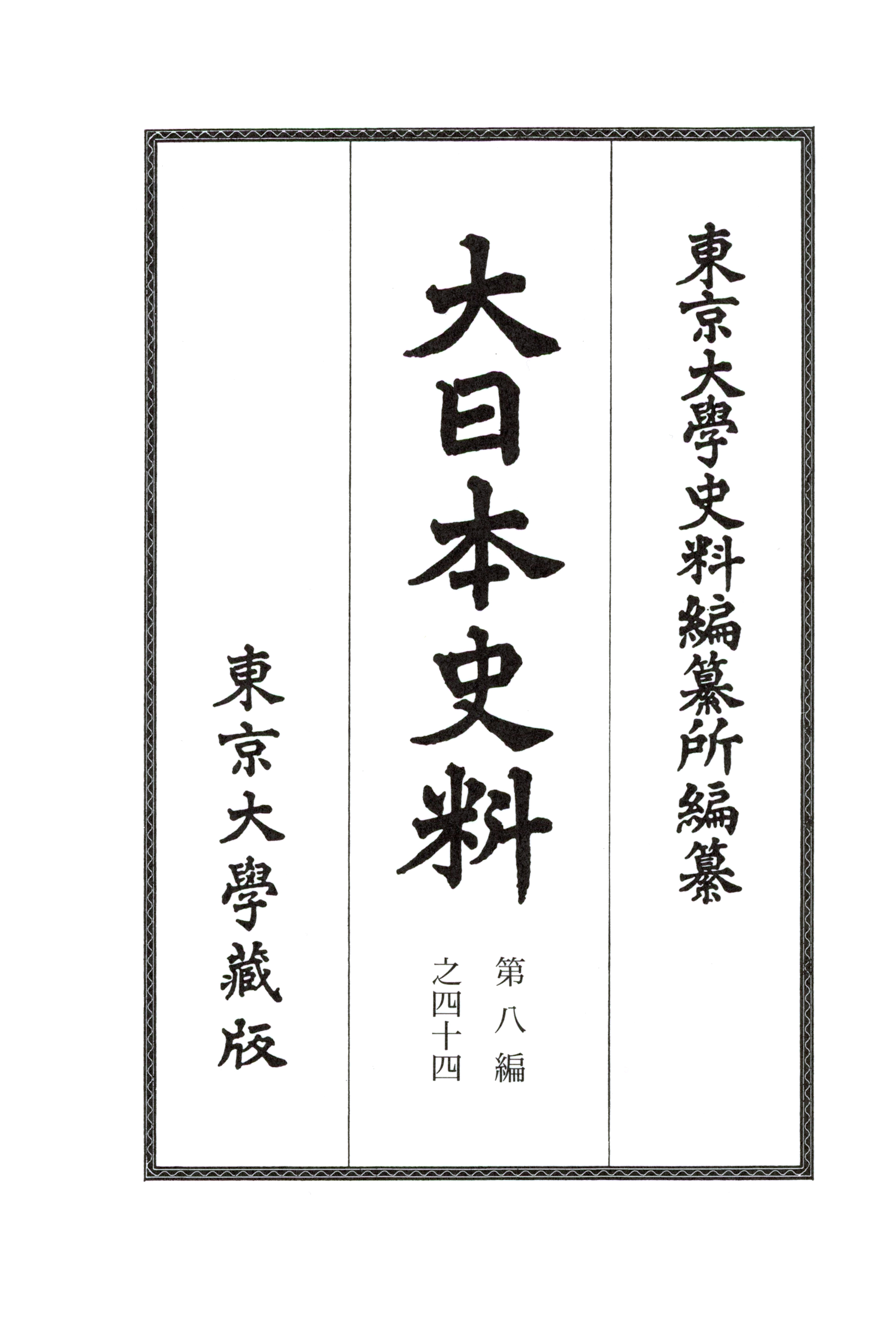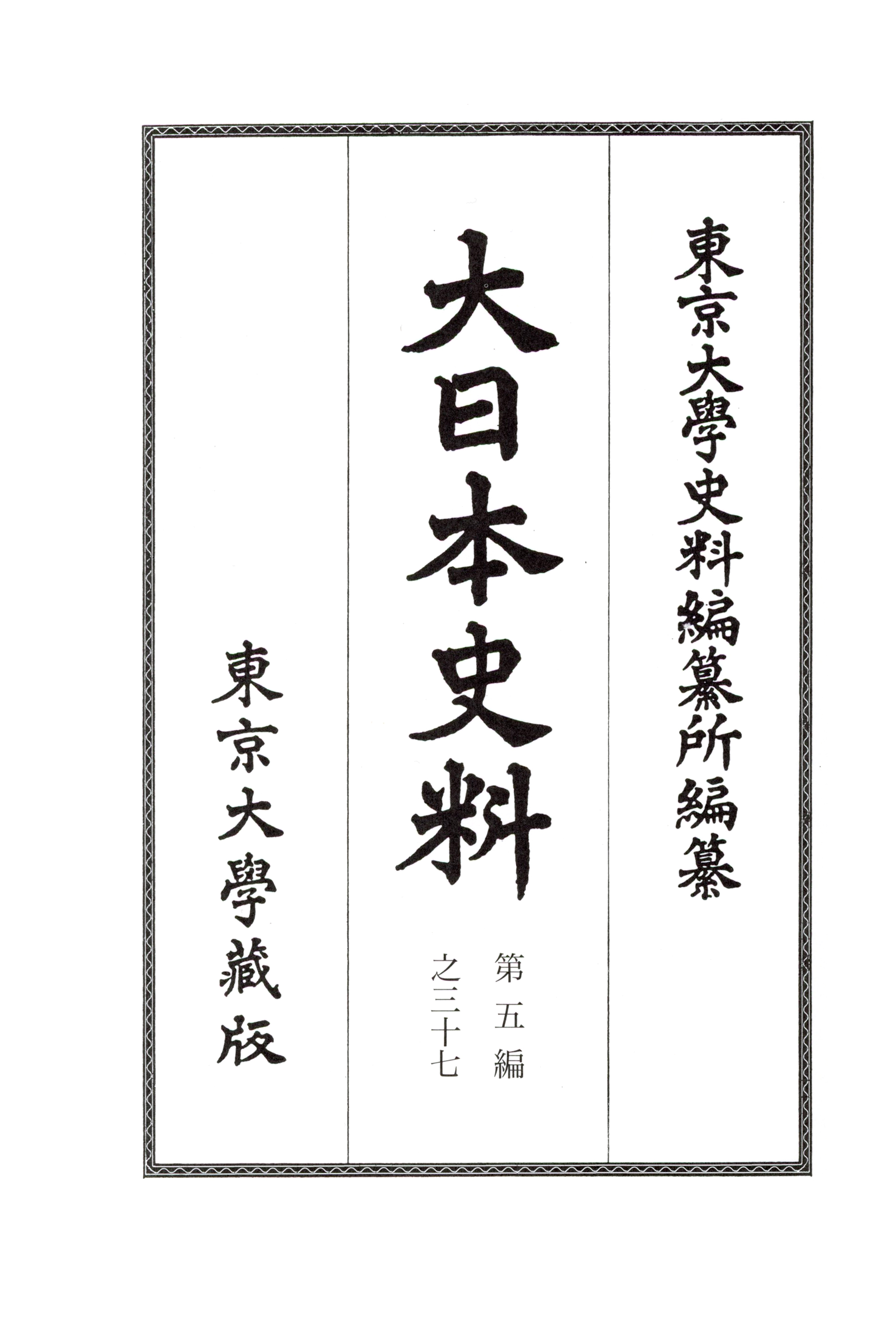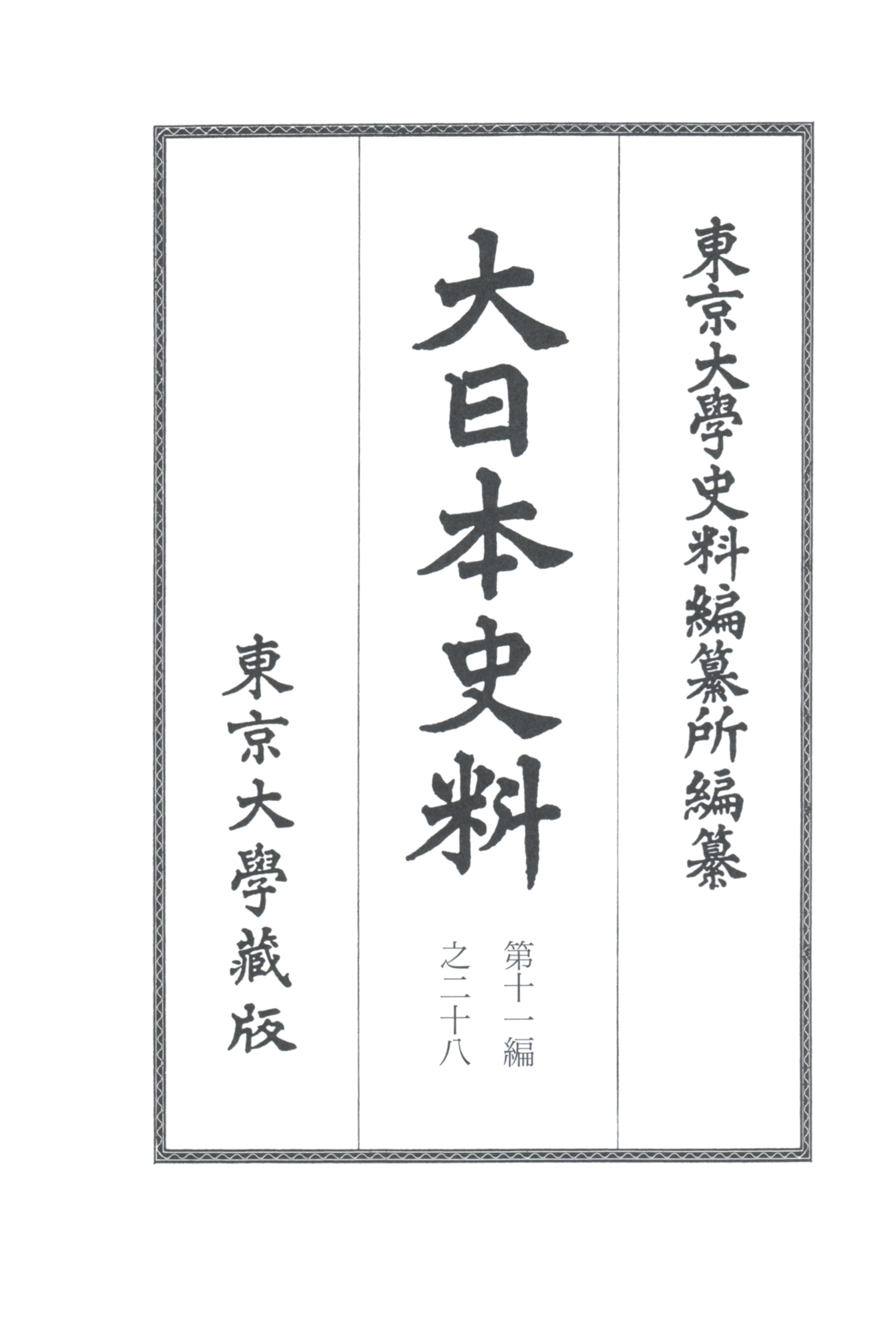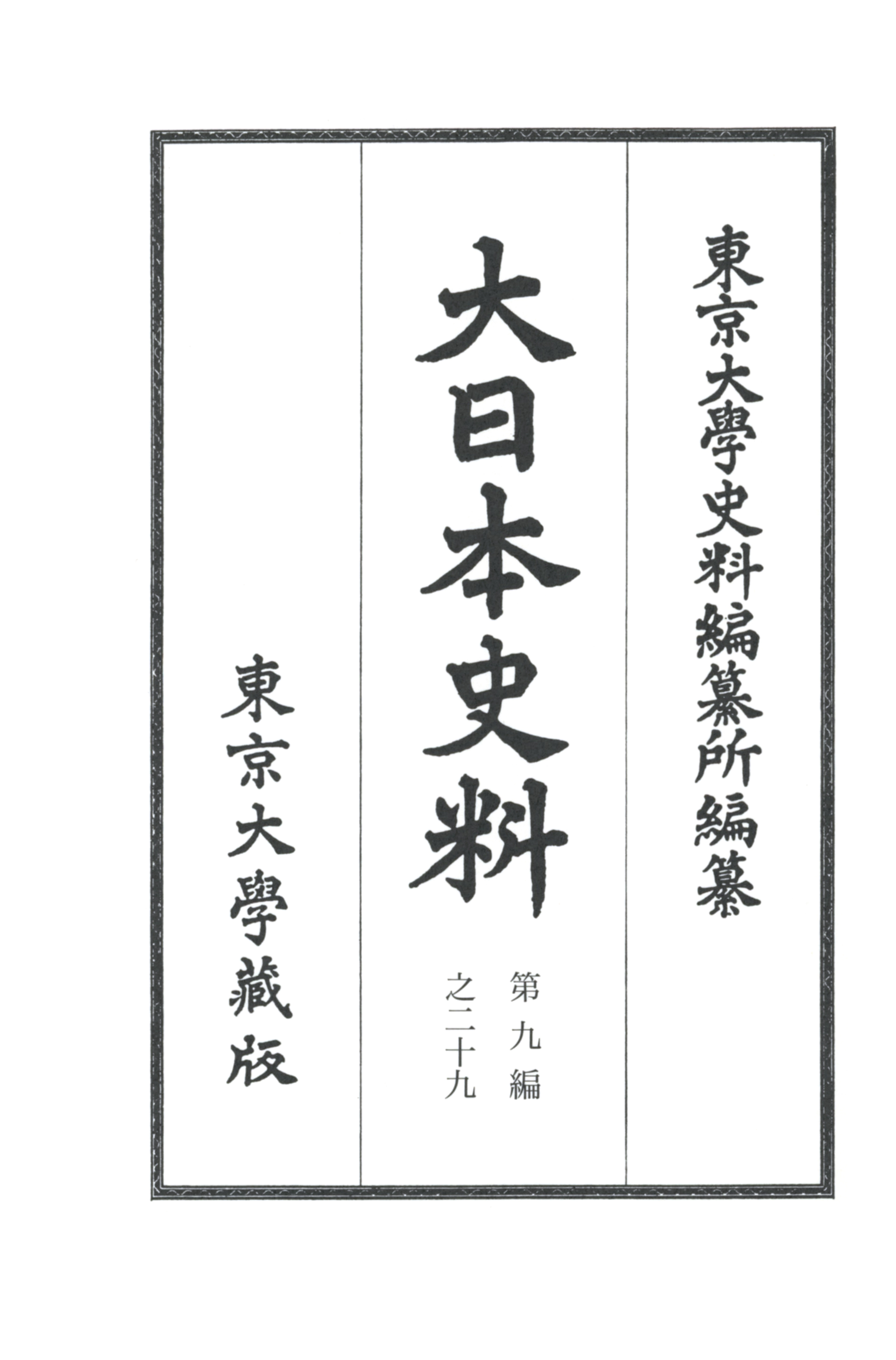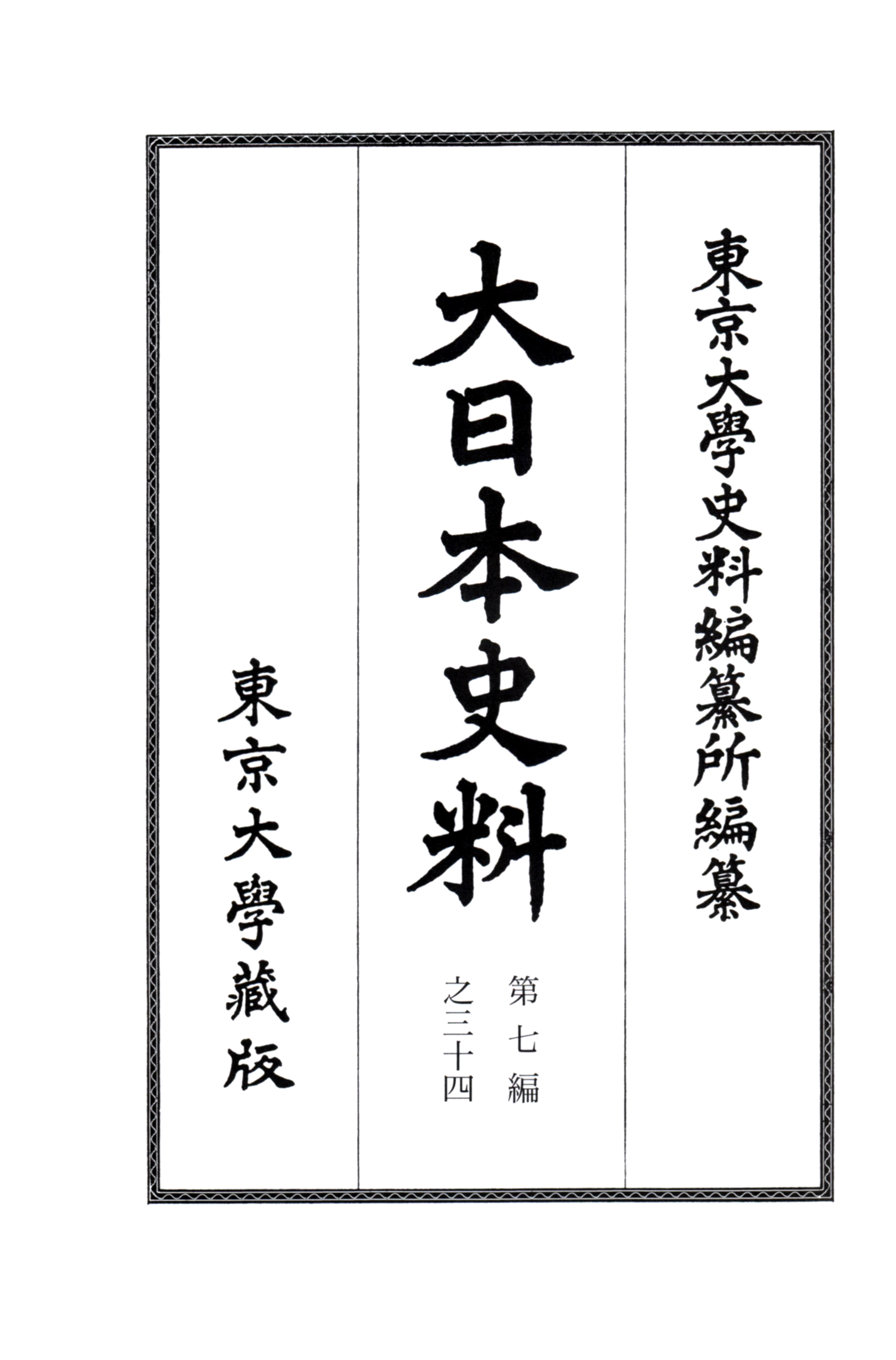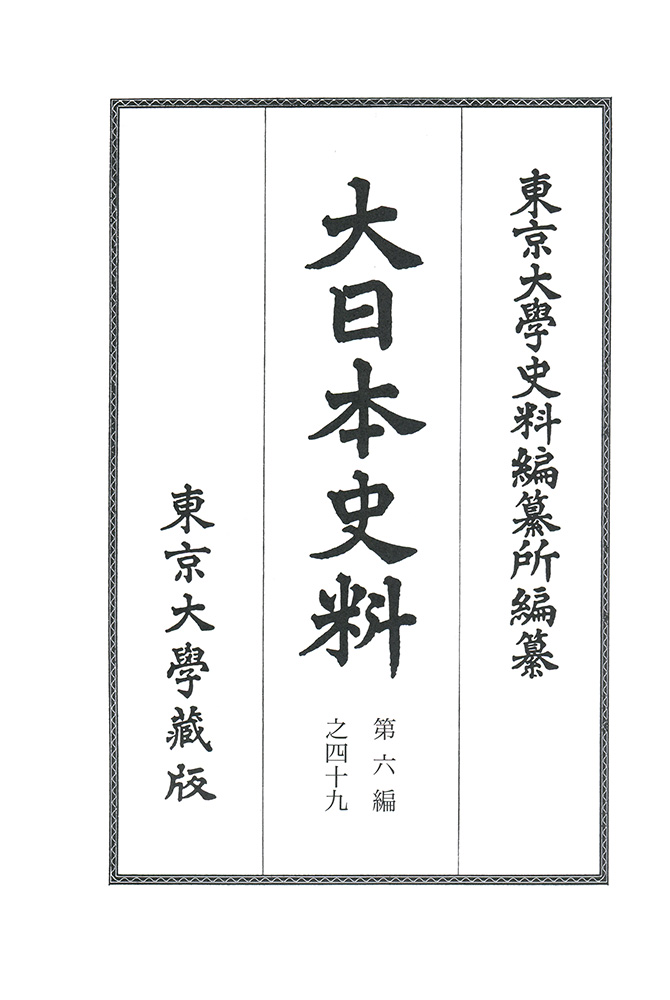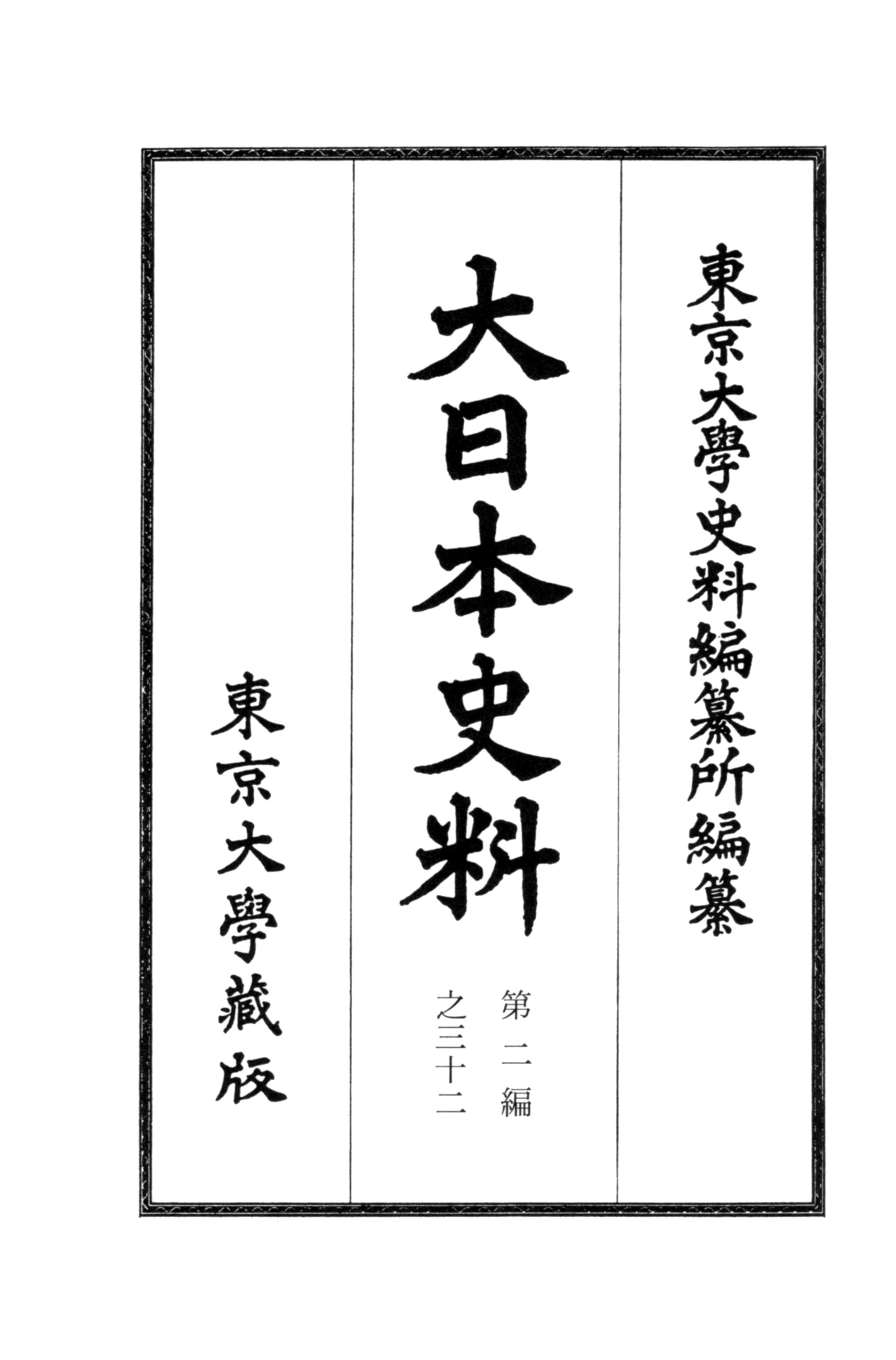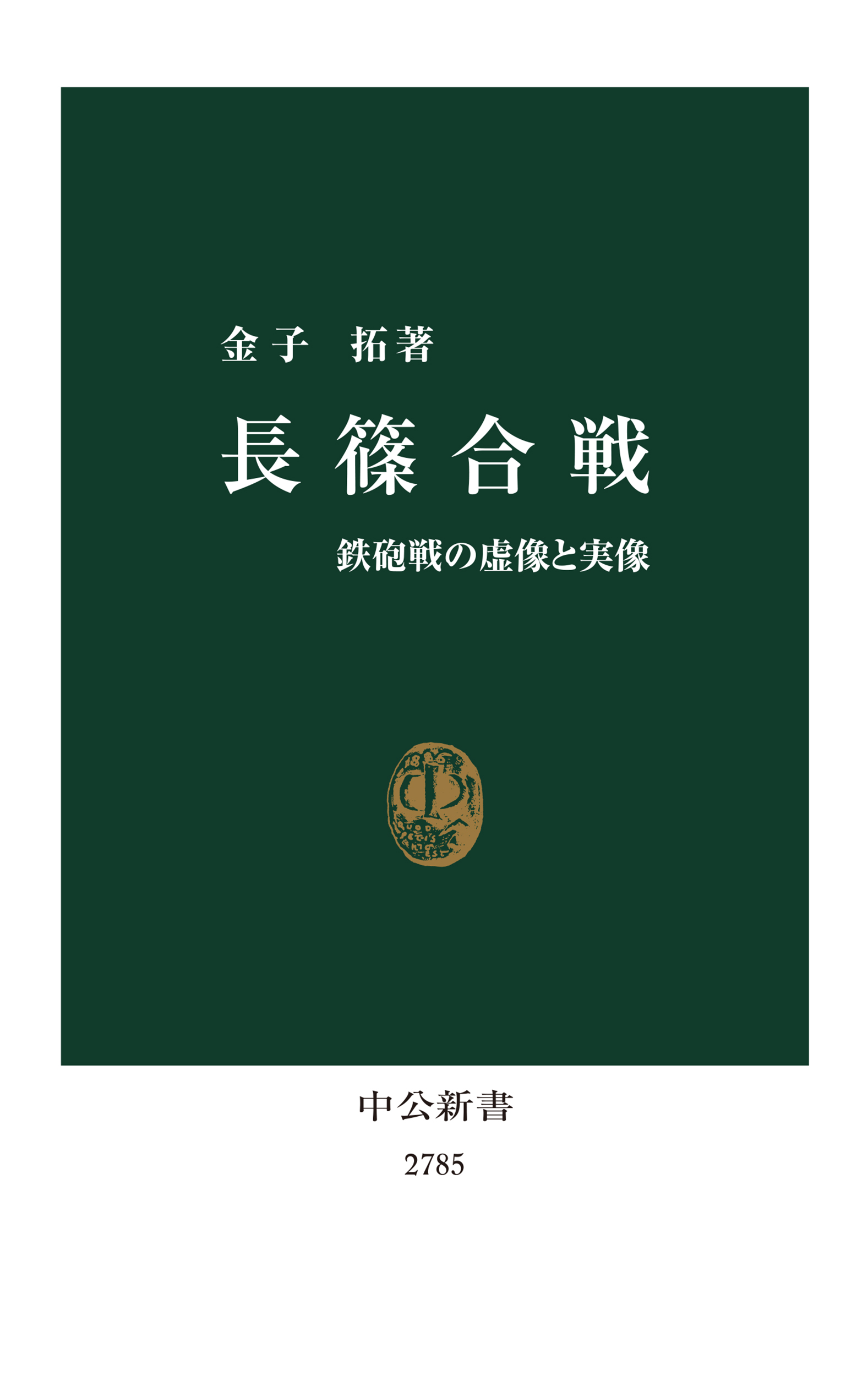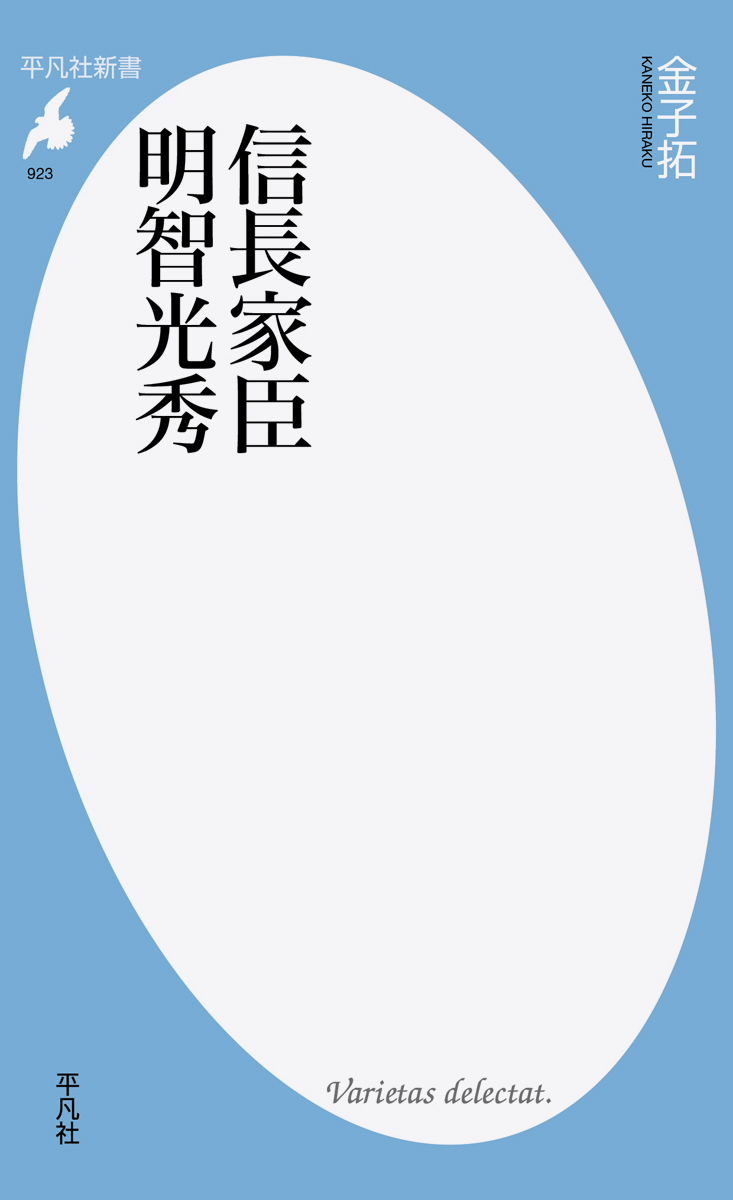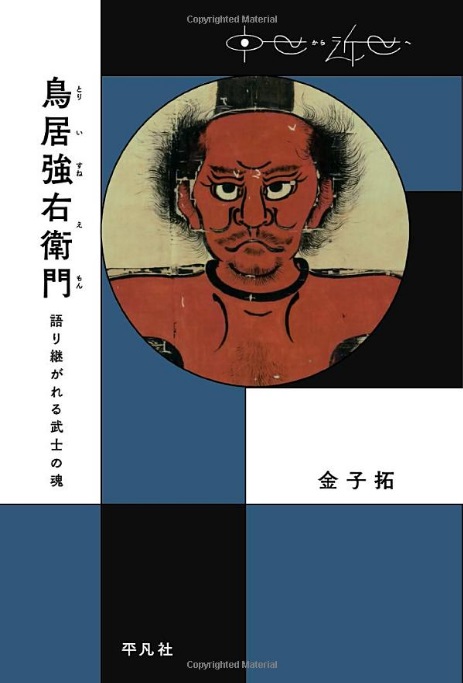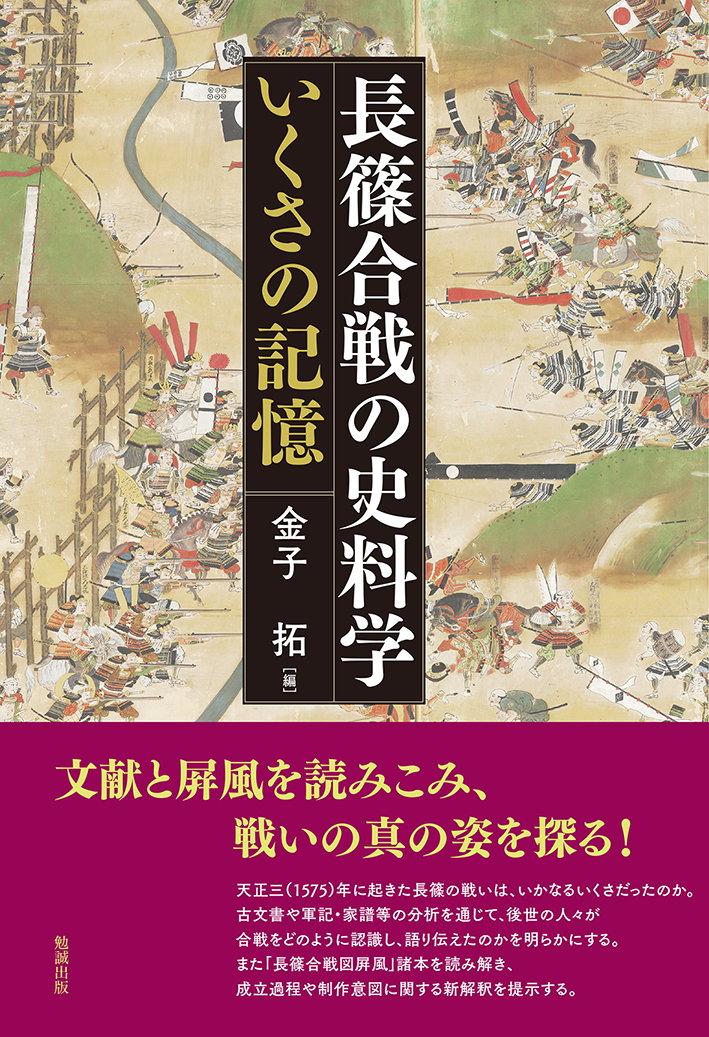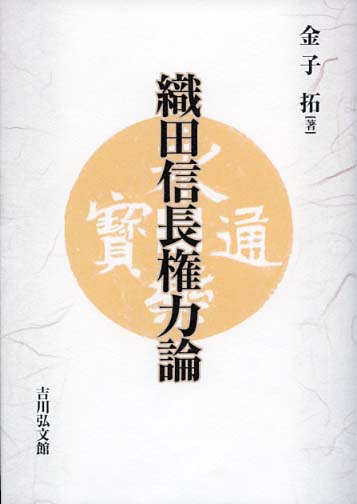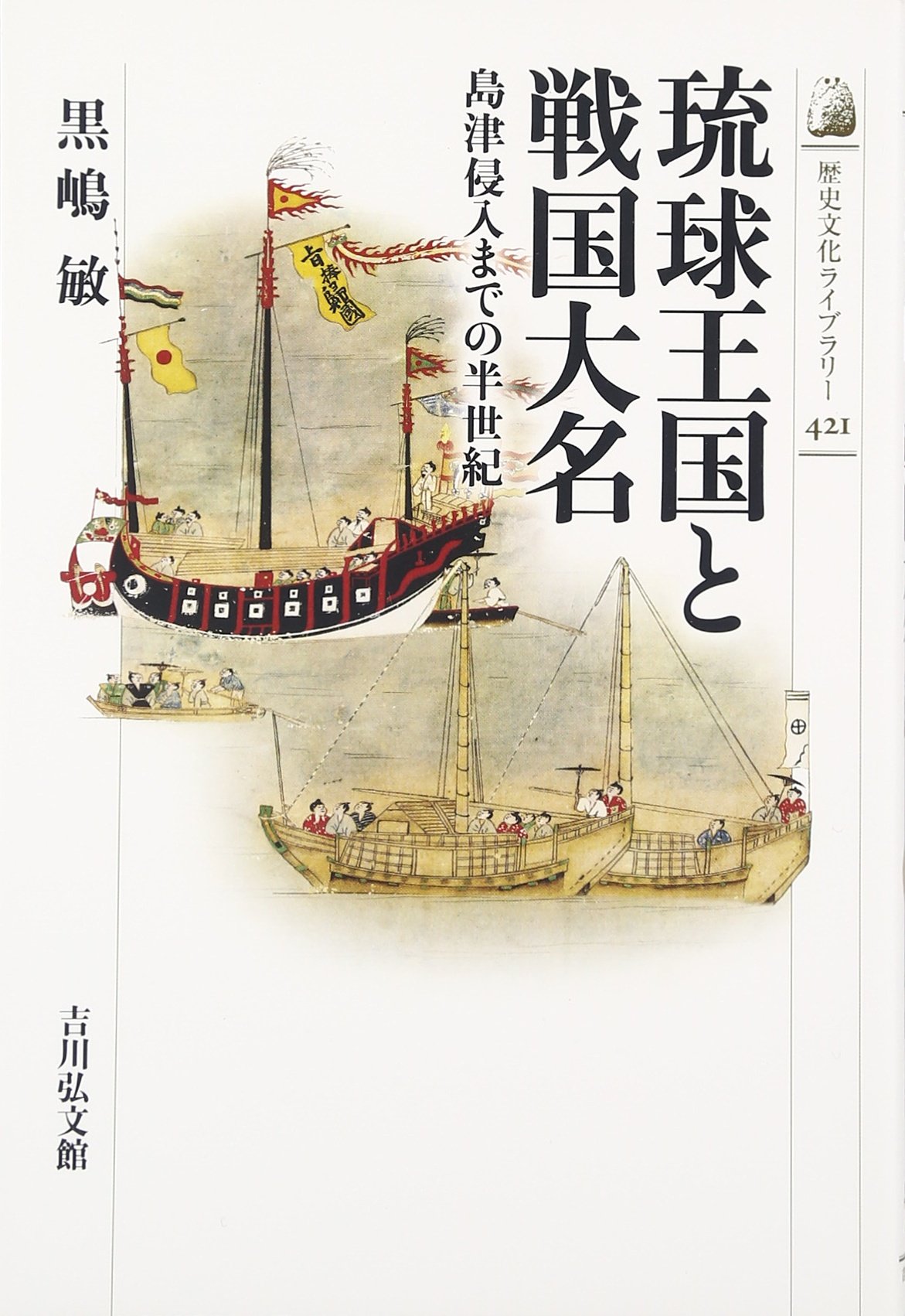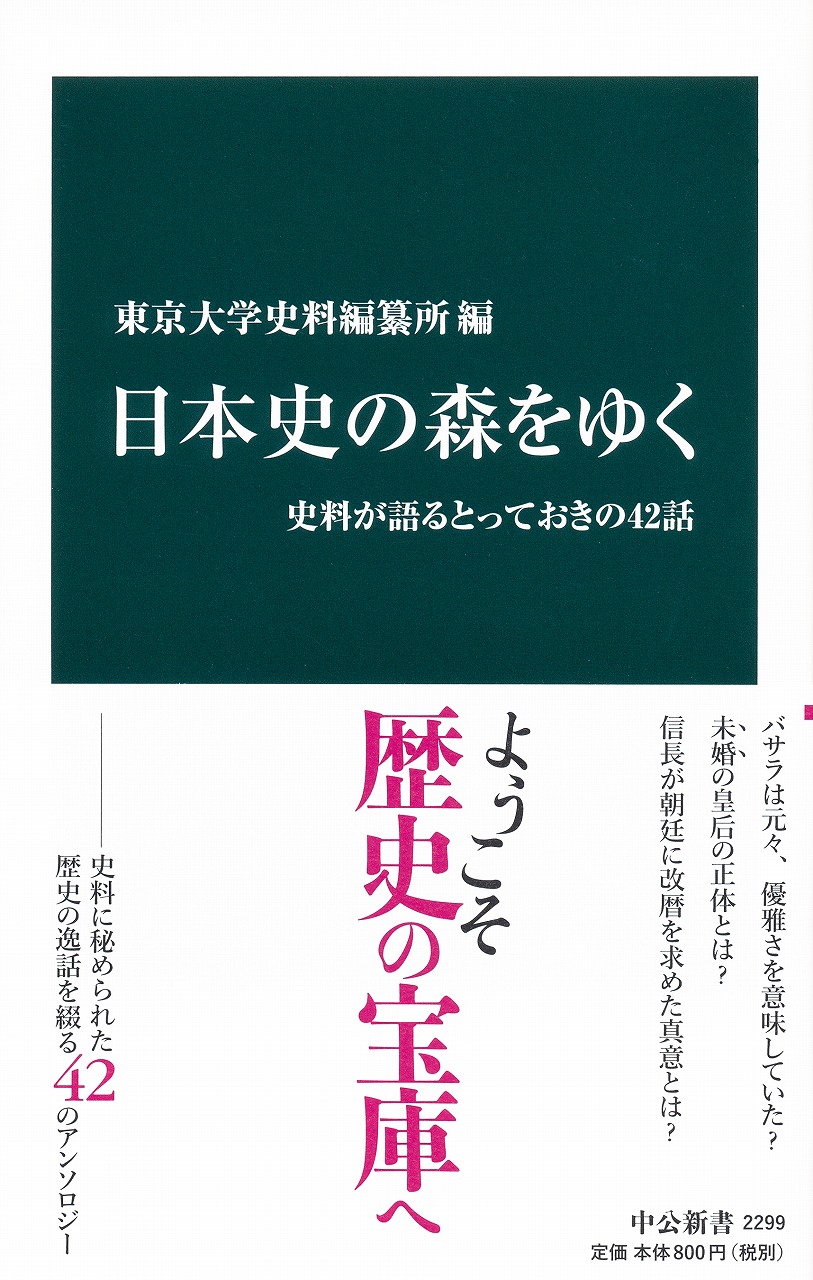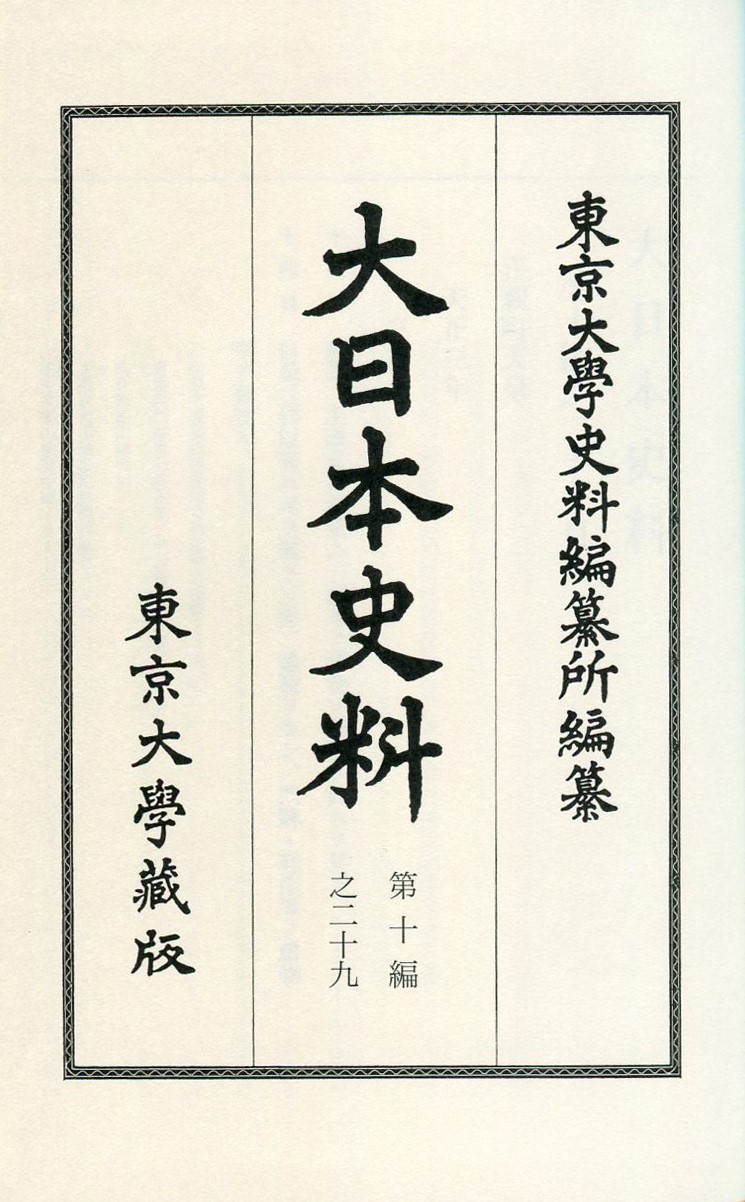
Title
Dai-Nihon Shiryo: Dai 10 no 29 (Historical Materials of Great Japan: Section 10, Volume 29)
Size
536 pages, A5 format
Language
Japanese
Released
May 25, 2017
ISBN
978-4-13-090479-7
Published by
University of Tokyo Press
Book Info
See Book Availability at Library
Japanese Page
The Historical Materials of Great Japan is one of the collections of source materials on Japanese history being compiled and published by the Historiographical Institute at the University of Tokyo. Starting from 887 (Ninna 3), when the last of the Six National Histories (the first of which was the Nihon shoki) breaks off, it covers 980 years to 1867 (Keiō 3) and is divided into sixteen sections. Currently, we have got as far as starting on the twelfth section (early Edo period).
The tenth section covers, in simple terms, the age of Oda Nobunaga. This corresponds to the period from the eighth month of 1568 (Eiroku 11), when Nobunaga showed signs of entering Kyoto in support of Ashikaga Yoshiaki, to the sixth month of 1582 (Tenshō 10), when he was killed by Koretō (Akechi) Mitsuhide at his quarters in the temple Honnōji in Kyoto.
The tenth section thus covers only about fifteen years. But in the case of an annalistic collection of historical sources meant to serve as a mainstay of research on Japanese history, it is not sufficient to follow only Nobunaga’s movements. Powerful daimyō of this period, such as the Date, Uesugi, Takeda, and Hōjō families in the east and the Mōri and Shimazu families in the west, all acted in their own ways, and there have survived many documents issued by these families.
Of course, there are many historical sources relating not only to warrior families but also to the imperial court and court nobility, and additionally an enormous body of source material was produced in all regions and by all social classes, including temple and shrine sources and sources relating to peasants and merchants. Consequently, the task of putting these materials in chronological order, arranging them in a suitable manner, and having them typeset takes a long time, and we have finally got as far as the fifth month of 1575 (Tenshō 3).
This volume contains historical sources covering a period of about two months, from the 13th of the third month to the 20th of the fifth month. The Battle of Nagashino, famous for the effective use that was made of firearms, occurred on the 21st of the fifth month. This means that this volume contains materials covering the time up until the day before this battle. In the following, I shall accordingly focus only on matters relating to the Battle of Nagashino.
In the historical sources relating to the movements of the armies of Takeda Katsuyori (who had invaded Tokugawa Ieyasu’s domain of Mikawa), Ieyasu (who met Katsuyori’s forces), and Nobunaga (who hastened to lend support to Ieyasu), their actions have been divided into several stages and then arranged in chronological order. These materials consist not only of relevant old documents, but also include other related sources such as war chronicles and other records later written in the Edo period and the genealogies and other time-honoured documents of retainers who served various daimyō families, and these have been classified and arranged in such a way that the events on the day of the battle (and in the days before and after) can be understood by means of these historical sources. By perusing the sources contained in this volume, one can gain an understanding of the movements of both sides that led to the Battle of Nagashino.
Also included are historical sources pertaining to Torii Suneemon (said to have died on the 16th of the fifth month), who, in order to save the fort at Nagashino, was sent to request aid from Nobunaga and Ieyasu but was captured and killed on his return to the fort. The Historiographical Institute has in its possession a famous banner said to depict the crucified figure of Torii. In the course of the compilation of this volume some new facts came to light as a result of investigations of related historical sources conducted by a joint research team organized by the Institute. These findings have been included together with a colour photograph of the banner.
It is planned that the next volume will bring together historical sources pertaining to the Battle of Nagashino itself, fought on the 21st of the fifth month in 1575.
(Written by KANEKO Hiraku, Associate Professor, Historiographical Institute / 2018)



 Find a book
Find a book



